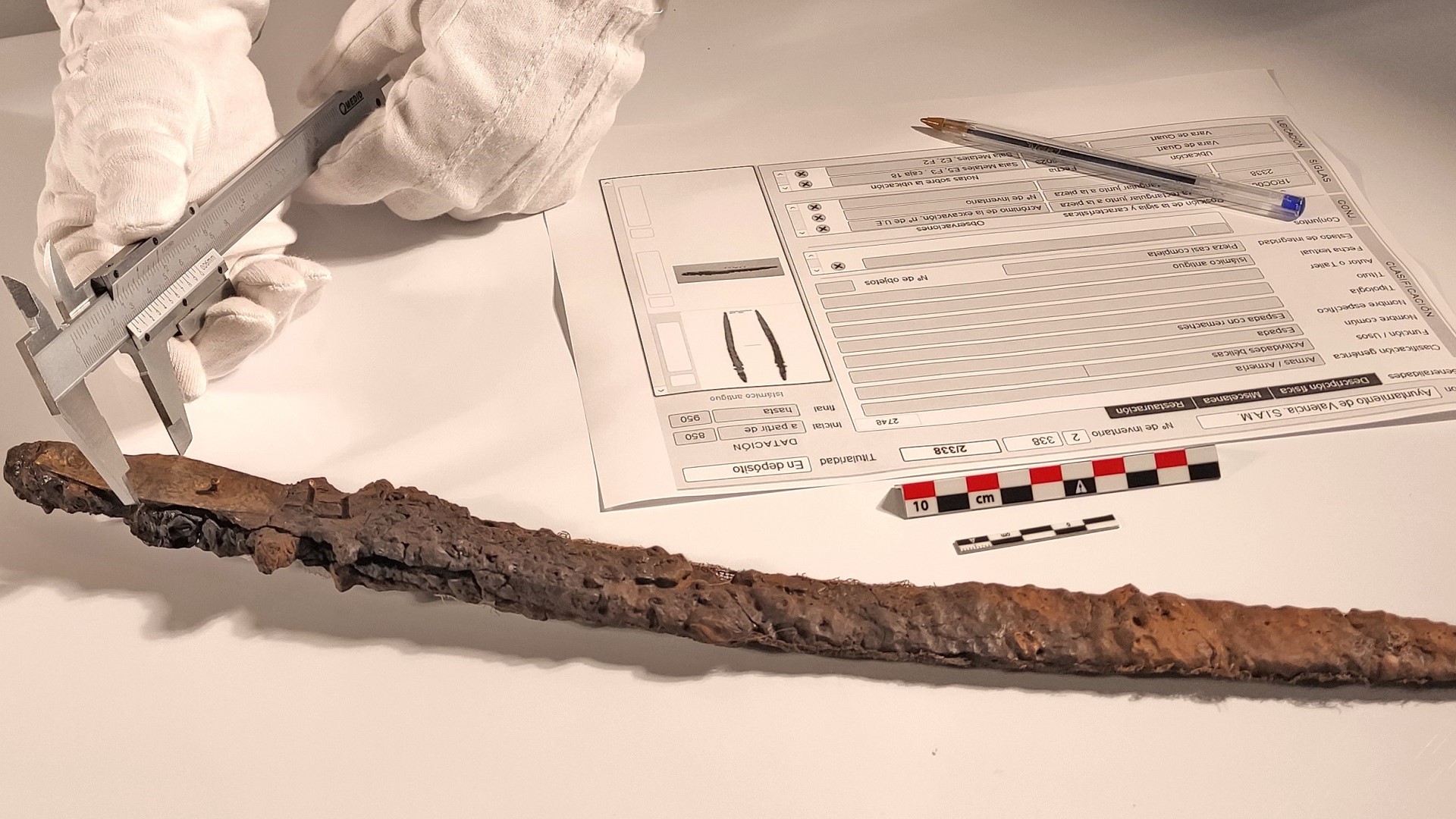One of my earliest childhood memories is sitting with my mother on a Chicago Transit Authority bus, headed to spend a summer day on Lake Michigan. In fact, images of transportation often come to mind when I think about growing up: Morning walks to elementary school; riding my bicycle around the New Jersey suburb I moved to before third grade; taking a high school sweetheart on the NJ Transit train to an outdoor concert in Manhattan; driving my friends to the beach for our after-prom weekend.
In my professional life, I have been driven by the recognition that—whether a train, bus, bike, sidewalk, or car—transportation is a means to independence.
Unfortunately, transportation networks in the US deprive many people of that freedom, thanks to a historical pattern of investment into highways that have divided neighborhoods, and disinvestment in sidewalks, bike paths, and public transportation systems that move people around their communities.
This underinvestment keeps many of us stuck—worsening racial segregation and social exclusion. It is also one reason why transportation is the largest source of global warming pollution in the US.
We can and must do things differently.
UCS has a proud and successful history of advancing cleaner vehicles, which are essential to curbing climate change and protecting public health. Our work is now growing, with an additional focus on expanded transportation options. As the science shows us, this work is key to a decarbonized transportation system and improves health outcomes for individuals and communities. It also expands our freedom to move, connecting us with more opportunity.
How we got here: A highway-heavy approach that neglects other options worsened segregation, hurt communities of color, and has put the US on the path to climate disaster
The interstate highway system is often seen as one of the United States’ most significant achievements. Indeed, the construction of the nearly-50,000-mile system fundamentally reordered life in the US, connecting millions of people, creating new routes for freight movement, and shaping the development of every metropolitan area.
But it came with deep costs.
Highways didn’t just connect cities. They ripped through them, displacing over a million people, predominantly Black and Hispanic residents. As Dr. Sarah Jo Peterson wrote in Justice and the Interstates (a book I contributed to), roadways’ impacts on communities were not unintended consequences; they were anticipated and accepted by planners and engineers. State officials intentionally routed roads through places where non-white people lived, studied, worked, played and prayed—even targeting the neighborhoods of civil rights leaders in retaliation against their activism. Government roads divided communities, sapping their economic vibrancy and depriving families of the opportunity to build generational wealth through business ownership and homeownership. Beginning in the 1950s, residents led a series of “highway revolts” that successfully stopped urban road construction—but most of the successful campaigns preserved white neighborhoods and were led by white residents. Roadways built through Black and Hispanic neighborhoods have since been repeatedly widened, compounding the “original sin” of the urban highway system by heaping additional impacts on those neighborhoods. Highway construction enabled a vast expansion of urban sprawl, leading to “white flight” to the suburbs, regional segregation, and disinvestment in urban cores.
While many wealthy countries built highway networks in the 20th century, the US stands out to the extent that the government built highways through major cities and widened local streets, while neglecting other aspects of transportation, like public transportation and safe walking and biking networks.
In Sun Belt cities like Nashville and Dallas, anywhere from 30-80% of street-miles lack sidewalks or have sidewalks that are not wide enough to navigate by people using wheelchairs. Even in more walkable municipalities like Philadelphia, street crossings routinely lack curb cuts, and they are often added only in response to lawsuits seeking to enforce the Americans with Disabilities Act. Pedestrian deaths have reached a 40-year high in the US, and these deaths are disproportionately of Indigenous, Black, and Hispanic people.
As Dr. Jonathan English, an urban planner, has pointed out, many US metropolitan areas have built new rail systems since the 1960s, but this has not been matched with investment in frequent, convenient bus networks, making many transit systems “a skeleton without a body.” In the Toronto, Canada region, suburban streets lined with townhomes, strip malls, and office parks often have bus routes that run every 10 minutes or better, even late at night. Similar parts of the New York or Washington metro areas have buses that arrive once an hour.
Compared to peer countries (even those with similar development patterns, like Australia and Canada), the US has sparser public transportation, more dangerous conditions for pedestrian and bicycle travel, and much more driving. This is one reason why the US transportation system is the most carbon-intensive among wealthy countries, and why transportation is the largest contributor to US greenhouse gas emissions.
Transportation options lead to a cleaner future
To achieve a clean transportation system, we need to move as quickly as we can to a world where 100% of vehicles are zero-emission. If we expand transportation options so that people can meet more of their needs without driving, we’ll get there faster.
Today, most vehicles burn fossil fuels or plug in to a grid partially powered by fossil fuels—so every avoided driving trip means avoided climate emissions. As my colleague Kevin Shen has explained, expanding train and bus service helps decarbonize the transportation system by replacing car trips and supporting the development of compact neighborhoods.
What about when we have a clean power grid and 100% of vehicles are electric? More efficient transportation options like public transit continue to be important because they reduce the need to build out grid and other infrastructure. A UCS report last year found that a less car-focused approach to transportation would allow the US to achieve the clean energy transition at less cost, potentially eliminating the need to build 357 terawatt-hours of power generation by 2050 (the equivalent of building 39,000 wind turbines). Other analyses, such as those from the Institute for Transportation and Development Policy, have shown how the combination of zero-emission vehicles and policies that expand walking, biking, and transit will do more to reduce global warming pollution than either alone. Conversely, the Georgetown Climate Center has shown that, if governments continue to widen highways, they are effectively pouring gas on the fire.
Transportation options are key to our health and expand our freedom
Transportation and land use have an outsize impact on what the World Health Organization calls the “social determinants of health.” These are factors defined as the “conditions in which people are born, grow, live, work, and age that shape health.”
As a publication from the American Public Health Association puts it, “transportation is a driver of community health” because it “affects our ability to access jobs, education, healthy food, social engagements, faith-based institutions, and health care.”
The ability to get around is so fundamental that some policymakers and scholars have argued it is a basic right. Mexico, for example, recently amended its constitution to declare that “Every person has the right to mobility under conditions of safety, accessibility, efficiency, sustainability, quality, inclusion and equality.” It’s an aspirational goal—one which activists and governments continue to work to define—but a thought-provoking one.
Certainly, chronic underinvestment in reliable, safe infrastructure for walking, biking, and public transit means that for many US households, the ability to access fundamental needs doesn’t feel like a right. Instead, it’s an expensive privilege that requires car ownership (often multiple cars per household), at the cost of thousands of dollars per year. The disability rights activist Anna Zivarts points out that more than a third of people living in the United States are nondrivers—including young people, people without legal status in this country, people who have aged out of driving, and people who don’t drive because of disability. And households of color are less likely to own cars than white households.
Lack of reliable transportation causes millions of US residents, especially low-income people and people with disabilities, to delay needed health care. And in a survey of state rural health offices, a third of respondents cited transportation as the largest barrier to older adults aging in place in rural communities.
But when we expand transportation options, we make our communities more inclusive. After transit improvements were made in low-income Toronto suburban neighborhoods, residents’ activity levels (the number of trips they took for any reason) jumped. High school students with better transit access were more likely to participate in after-school activities and attend a non-local school (presumably, one that better fit their needs). In Nebraska, expanded transit services are helping keep rural residents in their homes and connected to health care and social opportunities.
Studies predict similar results from proposed projects: One analysis predicts that residents in parts of Baltimore, Maryland would be able to reach more than 75,000 potential new jobs in an hour if the state builds a proposed light rail line. Plans for improving bus service in Nashville would expand access to high-quality transit for residents of all incomes.
Simply put, we are healthier and happier when we can spend time with friends and family, learn, find a good job, and participate in civic and community life. When governments build balanced transportation systems, it is easier for everyone to take part in these everyday activities—regardless of age, ability, or economic or legal status.
How we build a transportation system for everyone
Since the beginning of the highway era, there have been strong dissenting voices. In the 1960s, for example, Reginald Booker, Sammie Abbott, and colleagues demanded an end to “white men’s roads through black men’s homes.” They successfully defeated a highway planned through Washington, DC, and money earmarked for the project went to help build the Metrorail system instead. Today, a vast chorus is demanding change: Environmental justice groups calling for affordable public transportation, climate activists and nurses fighting wider highways, and reformers inside the transportation profession who have worked to change industry standards guiding road design.
These and others have notched significant wins. Federal transportation programs have become more flexible, allowing states like Vermont and New Jersey to use money that could be spent on roads to expand and maintain public transportation instead. Community leaders in Baltimore and St. Paul, Minnesota are leveraging a new program in the Bipartisan Infrastructure Law to reconnect neighborhoods that were divided by highways decades ago. Minnesota and Colorado have made addressing climate change a key criterion in how they prioritize transportation projects.
But in other parts of the country, the status quo continues. Highway widenings are being debated or moving forward from Oregon to Texas. State lawmakers are meddling in a key public transportation project in Indiana. That points to the role of gerrymandered legislatures and regional bodies that override the desires of cities and other large constituencies. Outdated tools and metrics in the transportation profession prioritize short-term congestion relief. Transportation decisions are influenced by what could be called the “highway-industrial complex,” a constellation of contractors and vendors who benefit from our highway-oriented system, many with close ties to the fossil fuel industry. (To get a quick sense of who they are, see this list of organizations fighting the recently approved US Department of Transportation rule requiring states to measure the climate emissions associated with major highways.)
How can we turn the tide fully toward a balanced transportation system? UCS is working to:
Greatly expand transportation options. By advocating for decisionmakers to shift priorities, we can move from historical disinvestment to a system that offers abundant access, in both urban and rural areas: Sidewalks on every street; networks of safe paths for biking and micromobility; and frequent, wide-ranging, affordable public transportation. The success of these efforts is also linked to land use changes, like zoning that allows more people to live close to high-quality transit.
Make transportation decisions through an equity and climate lens—which requires recognizing that highways are pollution pipelines. Our transportation projects should be prioritized in rational ways, including the extent to which they help achieve climate goals, reduce harm to heavily impacted communities, and improve access for those who need it the most. This will necessarily mean a higher bar for roadway expansion projects, given the clear science showing that more lanes leads to more traffic, which means more climate emissions and health-endangering particulate matter pollution in surrounding neighborhoods.
Make decisionmaking more democratic, accessible, and equitable. Transportation decisionmaking processes should be representative, and engage the people and communities who are most affected by proposed projects.
UCS is working towards many of these changes—and against the forces of the status quo, we’re going to need your help. Our action page regularly features opportunities to fight for a transportation system that supports climate, health, and equity. We particularly need to hear from transportation engineers, urban planners, and other practitioners; you can join UCS’s Science Network to learn more about how to use your professional expertise in service of advocating for transportation choices that center people. Together, we can build a transportation system that works for our planet and our communities.

 1 month ago
28
1 month ago
28


